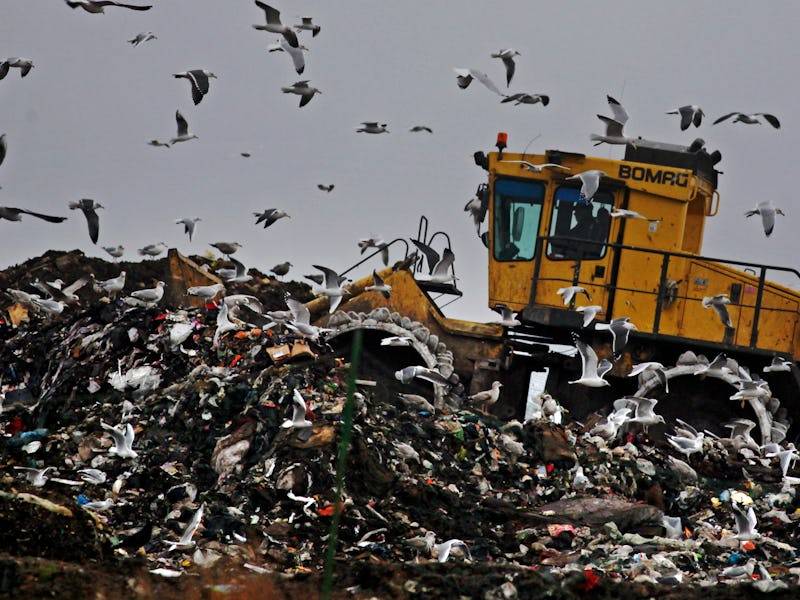Estonia is taking the idiom “one man’s trash is another man’s treasure” to the extreme by collecting garbage from other nations and converting it to energy. Could this setup offer a glimpse of a future of energy production that relies less on fossil fuels but doesn’t require large solar panels or giant battery complexes?
Reports on Wednesday note that the country imported some 56,000 tonnes of waste — roughly 62,000 tons in U.S. measurements — to run a waste-to-energy power plant in Iru. All that garbage is said to have come from Finland and Ireland, among other countries.
Waste-to-energy complexes like the one in Estonia work by burning garbage and using the resulting steam to generate electricity. The goal is to reduce both the amount of material left over and the emissions released into the atmosphere to make these facilities as environmentally friendly and productive as possible.
That’s where two problems — the overflowing landfills throughout the world and the need to find alternatives to fossil fuels — collide. Better, some think, to burn garbage instead of trying to find more places to bury it.
Many have turned to other solutions for sustainable energy. Since Tesla changed its mission from “transportation” to “energy” in July, it has worked to acquire SolarCity so it could work on solar energy systems, and took on the largest battery project in the world to prove that its batteries can help reduce the electrical grid’s reliance on the consumption of natural fuels.
Estonia’s solution is a little more pragmatic. The world has too much garbage, and society can’t get enough of the electricity needed to power many gadgets. To borrow from another, less literal idiom: Why not kill two birds with one stone?
